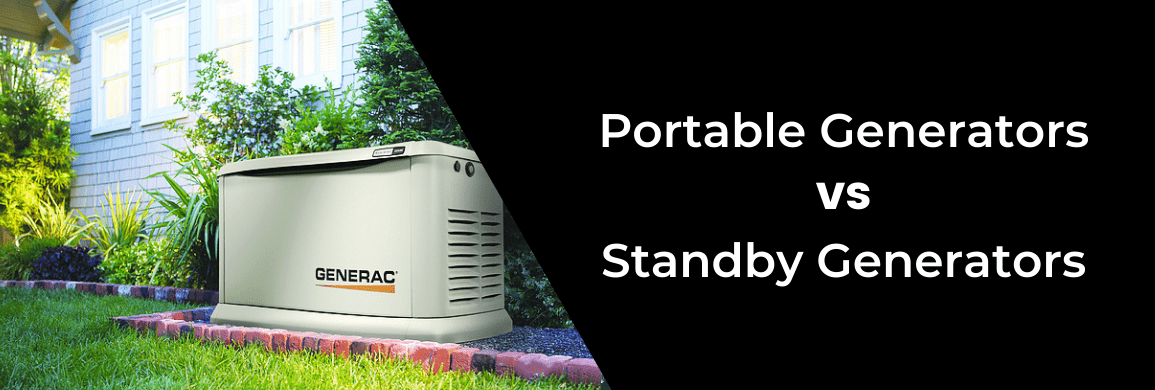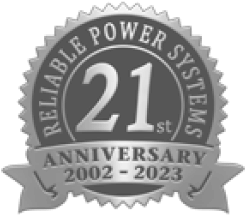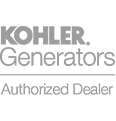Electrical power outages are unavoidable. Almost 60% of outages are caused by violent storms, but 34% are caused by equipment failure due to the nation’s aging and the overloaded electrical grid.
These power outages are increasing in both frequency and duration.
So what’s a homeowner to do?
One of your options is to install a standby generator known as a whole-house generator. These power-producing machines serve as your own personal electrical power source. Within seconds of an power outage the generator will automatically turn on and instantly power all of your home’s electrical circuits.
Another option for your home is a portable generator.
Most portable generators run on gasoline and can use approximately 12 to 20 gallons per day. That amount depends on the output of the generator and the load being powered.
Portable generators tend to be noisier and produce less power than standby models. They need to be taken out of storage, connected to your home’s circuit breaker panel, and manually started in the event of an outage. If using during inclement weather, such as a thunderstorm —you’ll need to protect your generator from the elements.
Home standby generators are permanently installed by a professional. The generator has insulated weatherproof housing that keeps them relatively quiet and safe from the elements.
The advantages? Home standby generators start automatically as soon as the power goes out. You don’t need to take any action to start it. The generator can power everything in your home. Plus, they run on natural gas or propane, which means they can operate for days or weeks on a full whole-house propane tank, or indefinitely in the case of natural-gas versions.
Home standby generators are more costly, but they’re the gold standard in backup power, and they outperform all other types of generators.
Request a free consultation to learn more about automatic standby generators












